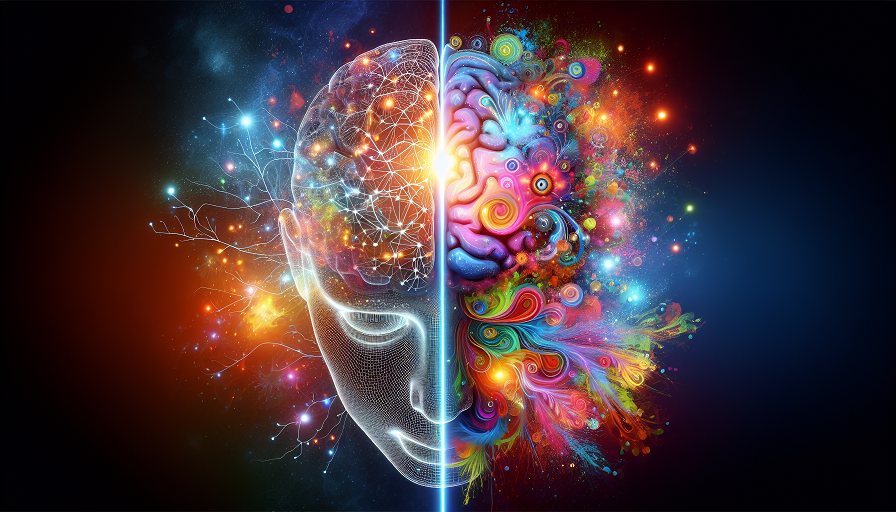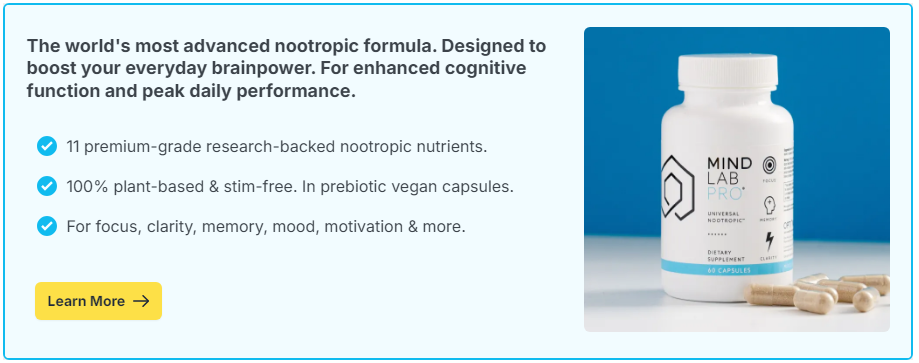
Have you ever envied those seemingly endless wellsprings of ideas, the creative folks who churn out unique concepts effortlessly? You might have shrugged them off as naturally gifted, but what if I told you that creativity can be nurtured and developed in anyone? According to neuroscience, creativity isn’t solely an inborn gift—it’s a skill that can be honed. With the right tools, activities, and even a bit of science, you can train your brain to become more creative.
Contents
The Science Behind Creativity
Creativity is a complex and multifaceted trait that involves multiple brain areas working together. At the heart of creativity is something called “divergent thinking,” which is the ability to see many possible solutions or answers to open-ended problems. This type of thinking activates regions of the brain such as the prefrontal cortex, involved in complex decision-making, and the hippocampus, which is crucial for memory.
One crucial element in boosting creativity is neuroplasticity—the brain’s ability to reorganize itself by forming new neural connections throughout life. This adaptability means your brain can be trained to approach problems and think in new, creative ways. Practices such as mindfulness meditation, regular physical exercise, and engaging in diverse activities can stimulate the brain, thus enhancing its creative potential.
Use of Creativity-Enhancing Techniques
To encourage your brain to think outside the box, you can practice specific techniques that nurture creativity. One simple way is to regularly expose yourself to new experiences. By breaking out of routines, you encourage your brain to make new and unexpected connections between ideas.
Another effective technique is brainstorming, which allows your mind to engage in a free flow of ideas without judgment. By letting go of self-criticism, you create an open mental landscape where creativity can thrive. Additionally, challenging yourself with creative exercises, like drawing, writing prompts, or solving puzzles, can kickstart your imaginative powers.
The Role of Divergent Thinking
Divergent thinking can be enhanced by simple practices like mind mapping or even journaling. Mind mapping involves writing down a central idea and then branching out with related concepts as they come to mind. This visual representation helps in seeing the bigger picture and discovering novel links between different ideas.
Journaling, on the other hand, allows thoughts to flow freely and lets you explore personal experiences and reflections. This self-exploration can lead to breakthroughs in creativity, as it opens a dialogue with your subconscious mind where many creative ideas reside.
How Nootropics and Brain Supplements Help
Besides mental exercises, certain supplements have been hailed for their potential to boost brain performance, including creativity. Often called “nootropics,” these substances are known for their cognitive-enhancing properties. They work by increasing blood flow to the brain, boosting neurotransmitter production, or providing protective antioxidants. Popular natural nootropics include Ginkgo Biloba, Bacopa Monnieri, and Rhodiola Rosea.
Nootropics like these aim to boost brain power and promote sharper focus and faster information processing—all of which are beneficial for creative endeavors. It’s important to note, however, that while nootropics may provide a boost, they are most effective when combined with other creative practices like brainstorming or engaging in new experiences.
Nurturing Creativity with Lifestyle Choices
Your lifestyle habits can significantly impact your brain’s ability to think creatively. Simple acts like getting enough sleep, maintaining a balanced diet, and managing stress levels all contribute to better cognitive function. Creativity often thrives when the mind is relaxed and refreshed, making adequate rest crucial for generating new ideas.
Engaging in activities you enjoy and that challenge your mind can also enhance your creative abilities. Whether it’s learning to play a musical instrument, picking up a new language, or practicing a craft, each new skill you develop can open up new pathways in your brain, promoting creative thinking.
The Connection Between Physical Activity and Creativity
Physical activity is another powerful way to boost creativity. Regular exercise doesn’t just improve physical health; it’s a proven player in enhancing brain structure and function. Activities like aerobic exercises are known to increase the production of brain-derived neurotrophic factor (BDNF), a protein that supports the growth and differentiation of new neurons and synapses.
In simpler terms, exercise makes your brain more efficient and capable of generating fresh ideas. A walk in the park or a session in the gym can thus spark inspiration and creative thought, proving once again the interconnectedness of mind and body.
Cultivating a Creative Environment
Your surroundings play a significant role in your creativity. A cluttered or uninspiring environment can stifle creative thought, so it’s essential to cultivate a space that encourages idea generation. This can be as simple as organizing your workspace, adding plants, or hanging art that inspires you.
Moreover, surrounding yourself with creative people can also foster your own creativity. Sharing ideas, collaborating on projects, or simply discussing innovative concepts can offer new perspectives and encourage creative thinking.
While some people may naturally lean towards creative pursuits, the good news is that anyone can become more creative with a bit of effort and the right approach. By understanding the mechanisms behind creativity and adopting practices to nurture it, your brain can develop the skills needed to think innovatively and problem-solve efficiently.
Whether it’s through structured exercises, lifestyle changes, or the use of brain supplements, you have the tools at hand to unlock your creative potential and enjoy the fulfilling experience of innovation and creativity.

